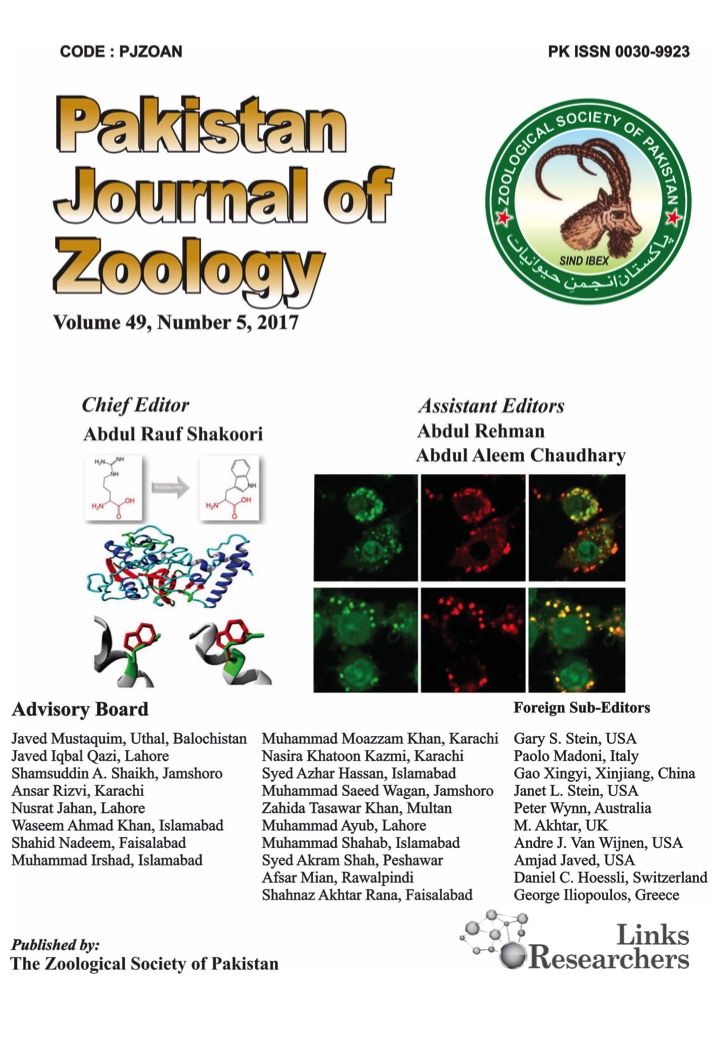The research examined the impact of feeding varied concentrate diet on the performance, carcass qualities, and blood indices of West African Dwarf (WAFD) goats. Forty-five (45) grower WAFD goats aged 4-5months with initial weights ranging from 4.70-5.0 kg were used for this 16-week experiment. The goats were allotted randomly to five treatments, each with three replicates. Experimental diets were such that Diet T1 was fed 3.2% of their body weight, 3.4% bodyweight (T2), 3.6% bodyweight (T3), 3.8% bodyweight (T4) and 4.0% bodyweight (T5). The average live weight gain was significant (P< 0.05) across the treatment groups, with T5 having higher values. Blood samples from four goats per treatment were taken after the experiment to assess the following blood indices: Packed Cell Volume (PCV), Haemoglobin, Red Blood Cell (RBC), White Blood Cell (WBC), Mean Corpuscular Volume (MCV), Mean Corpuscular Haemoglobin (MCH), MCH Concentration (MCHC), Lymphocyte, Monocyte, Eosinophil, Neutrophil and Basophil. Serum parameters determined were Globulin, Total Protein, Albumin, Creatinine and Urea. Except for Basophil, all of the haematological indicators studied indicated (P<0.05) differences between treatments. For carcass parameters, significant (P<0.05) differences were obtained across treatments except for weights of whole internal organ, shank, tail and kidney. Hence, feeding concentrate diets to WAFD goats should be encouraged among farmers in order to optimize ruminant performance. Conclusively, feeding 3.8% and 4.0% bodyweight of concentrate diet resulted in better performance and blood profile of WAFD goats.
Keywords | Blood profile, Bodyweight, Concentrate diet, Performance, Serum biochemistry, WAFD goats






